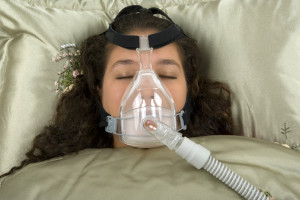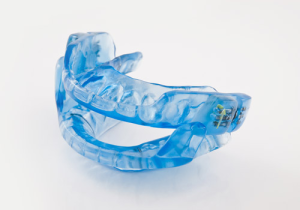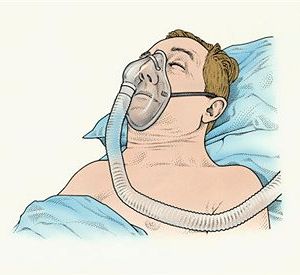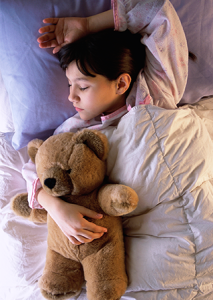Understanding Sleep Apnea in Children
Sleep disorders are very common in children. In fact, research indicates that obstructive sleep apnea (OSA) affects more than ten percent of American children. More often than not, the condition requires medical assistance to be fully treated. Unfortunately, children showcase mild obstructive sleep apnea symptoms that can be hard to detect. The most common signs however, are mouth breathing and snoring. In less severe cases, children simply outgrow the condition. When it is more severe, it prevents adequate sleep and leads to:
- Behavior issues
- ADHD
- Poor performance at school
- Other health problems
To detect obstructive sleep apnea in children and come up with the appropriate treatment, polysomnagram or a sleep test must be done. The test will evaluate the type as well as severity of the symptoms being experienced. It is an affordable test, so have no fears at all on how much you will spend on it.
How OSA Affects Children
To get a clear understanding of what obstructive sleep apnea really is and how it takes a toll on children, one must first learn how to detect its symptoms and why the occur in the first place. With OSA, children experience difficulties breathing due to their airways being blocked by some tissues. The end result can be anything in the shape of:
- Gasping
- Snoring
- Mouth breathing
- Restlessness
These bouts prevent children from falling into deep sleep which is extremely vital for their growth and development. Like you may have already heard before, an enlarged tonsil is the chief cause of apnea in children. Pediatricians recommend removing the tonsil. They term it as the best treatment for obstructive sleep apnea in children, since it prevents airway blockage.
OSA In Children and Unhealthy Habits
Just like in adults, being overweight plays a big role in worsening obstructive sleep apnea syndrome in children. It is easy to understand how the condition comes up in children. They spend most of their time indoors playing video games surfing the internet or watching the TV. They hardly get the exercise they need and before long, they gain excess weight. Excess fat then increases the amount of tissue around their air passage.
As they sleep, the muscles responsible for keeping the tissues out of the air passage relaxed, allowing the extra tissues to block your child’s airway. He or she then wakes up gasping for air and snoring loudly. The gasps and snores are just but the body’s way of restoring the right oxygen amounts. In such cases, losing weight is simply the best remedy. Your child’s doctor may also recommend CPAP or a sleep apnea mouth guard. It will all depend on how severe your child’s condition is. To prevent all these, do the following:
- Work out with your kid often – Be smart if this turns out to be hard. Allow him to ride his or her bike to school daily.
- Observe a healthy diet – Keep off junk foods. Make your child to eat more fruits and vegetables
- Exercise your child’s brain – Use board games to do this.
Conclusion
They say prevention is better than cure. That is where the solution lies. Detecting sleep apnea as soon as possible and seeking medical assistance can get rid of the condition completely. Don’t give up if the condition has already progressed. Simply help your loved one to observe his or her prescriptions, maintain a healthy eating habit and most importantly, show some extra love and care. It takes time to treat sleep apnea, so be patient with your child. In the end, you’ll triumph over the condition and will know how to deal with it should it manifest in your child’s siblings.



